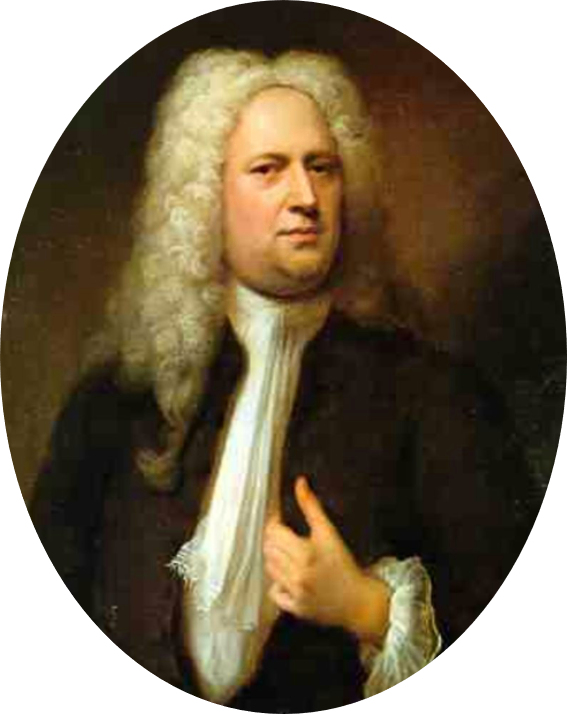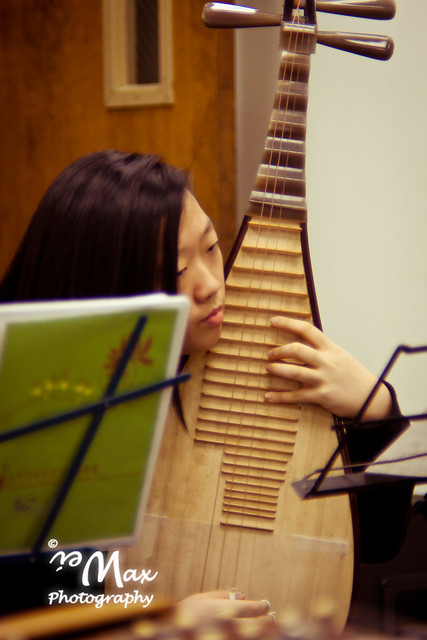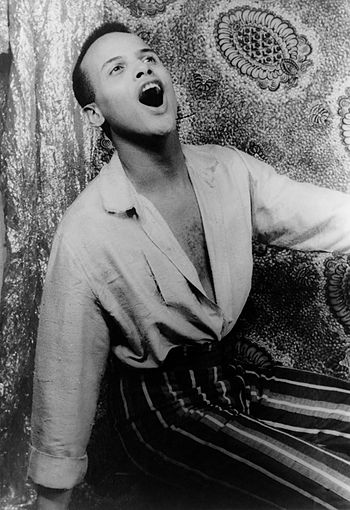 |
| Niels Eje with oboe (Photo credit: Wikipedia) |
This article is aimed especially at oboe for beginners and will explore five particular areas which need to be carefully developed. These are Posture, Breathing, Embouchure, Tonguing, and, finally, Hand & Finger Position. Both the understanding and application of these aspects are vital when learning oboe.
Posture Good posture is the basic foundation on which everything else is based; - bad posture = bad oboist! Good oboe technique requires that the feet are about shoulder-width apart with the weight evenly distributed. The head should be upright and the oboe raised to an angle of about 60 degrees.
Breathing This is the most important single technique of all, especially as we are looking primarily at oboe for beginners. Breathing must always be from the diaphragm, not the chest, and breaths should always be taken through the mouth, not the nose. Shoulders should remain level and relaxed throughout and not lifted. Slight dizziness is experienced by some young oboists as their bodies get used to the deep breathing so important to oboe playing.
Embouchure This is the term we use for the way we form the mouth when playing. The oboe embouchure always looks very tight to the unknowing eye, but, in fact, is very relaxed around the reed. The pulling back of the lips is simply to bring the muscles around the edge of the mouth into contact with the reed. The oboe reed cannot be controlled with the red part of our lips. Beginner oboe players often experience a slight burning sensation in their cheeks. This is just muscle tiredness.
Tonguing on the oboe produces a clear and precise start to each note. The tongue touches the tip of the reed and interrupts the air flow. As the tongue pulls away, as if pronouncing a “Tuh”, it allows the air to rush into the reed making the cane vibrate and producing the sound.
Hand & Finger Position This is very important for young oboe players when their hands are still rather small. If you let your hand hang passively at your side you will see the hand at its most relaxed with the thumb straight and the fingers slightly curved. This is the shape we are trying to replicate when playing.
So, as with any instrument, learning oboe requires a methodical approach which puts the acquisition of good technique first. Although this article gives a brief outline of the basics of playing the oboe, I would recommend a proper course of oboe tuition with an experienced oboe teacher. This is especially important for young oboists.
If you can develop fully the techniques necessary and learn to play the oboe well, you will have a skill which will enhance your life as a player of one of the most beautiful of all musical instruments.
Robert Hinchliffe is a professional oboist, composer, teacher, conductor, and music director. This article is based on over 35 years of both playing and teaching the oboe. If you have found this article helpful and would like to know more, please visit http://www.oboeplaying.co.uk.
Article Directory: Article Dashboard
|



















